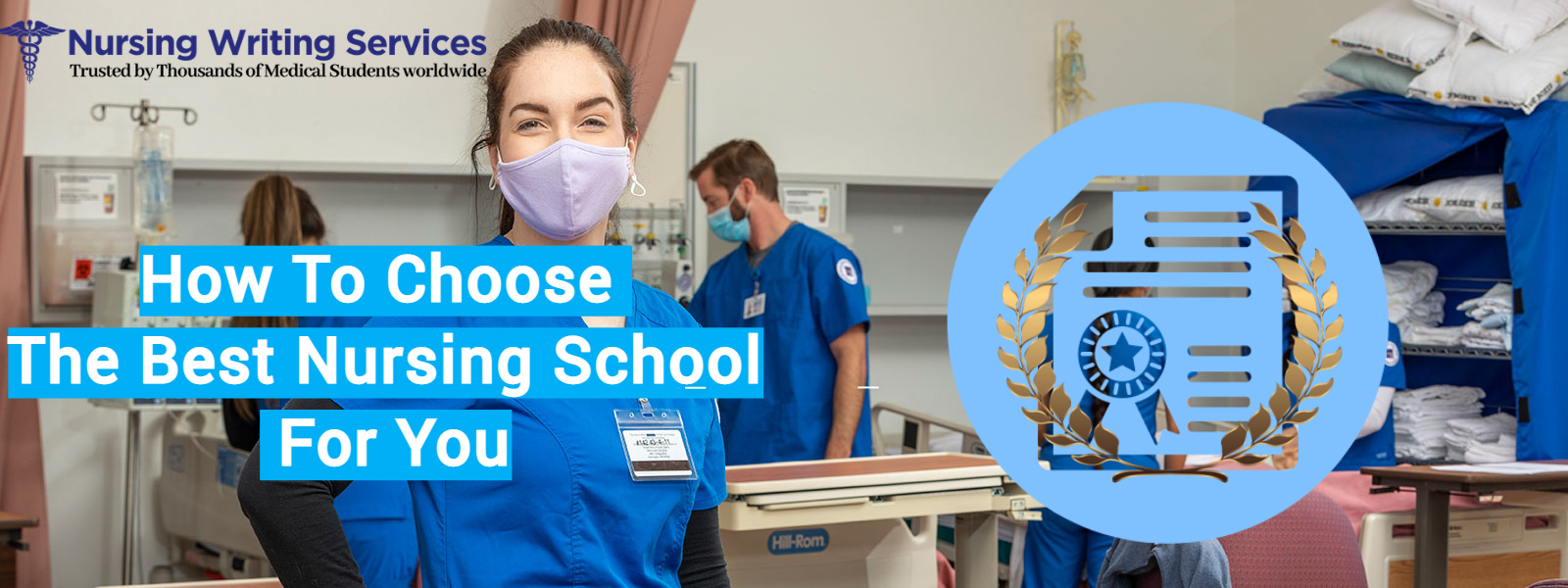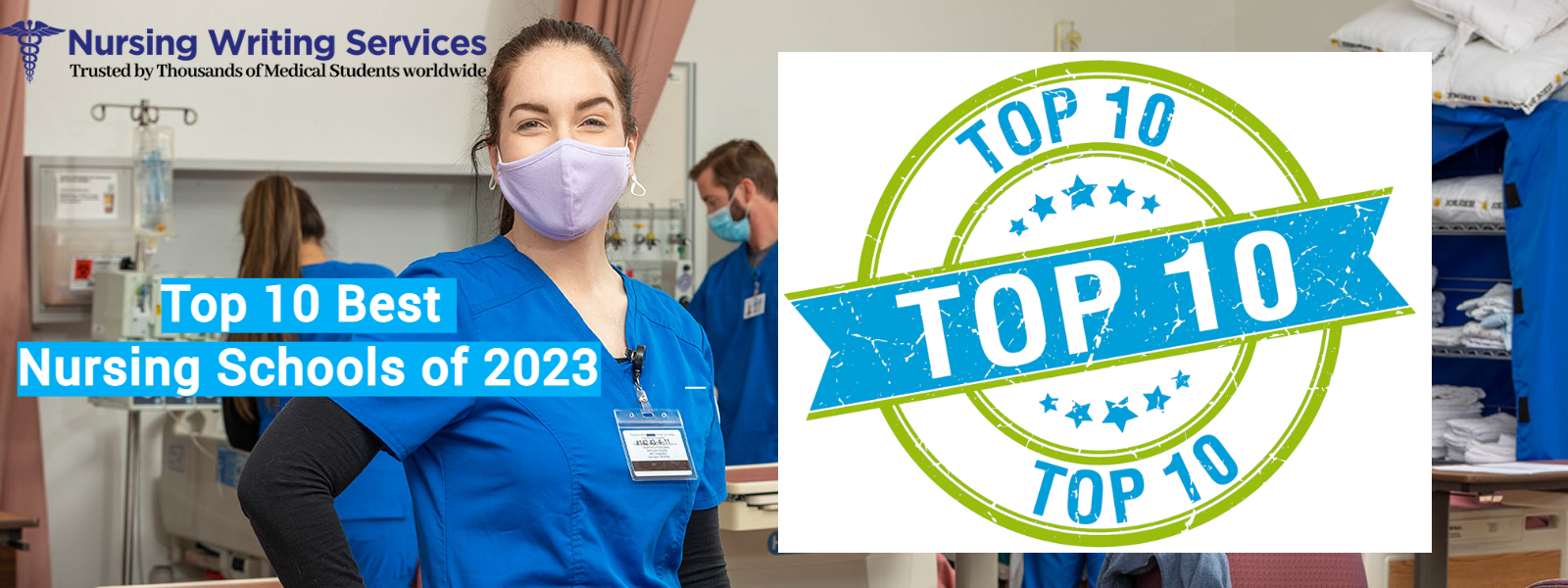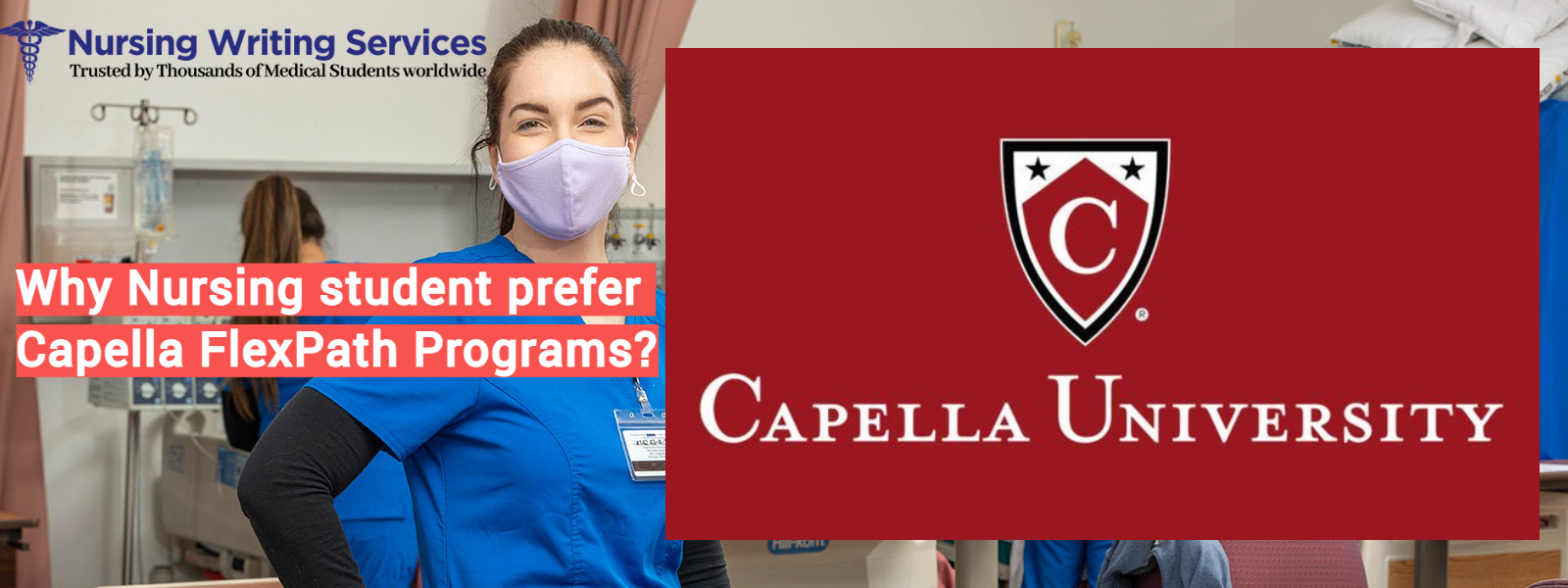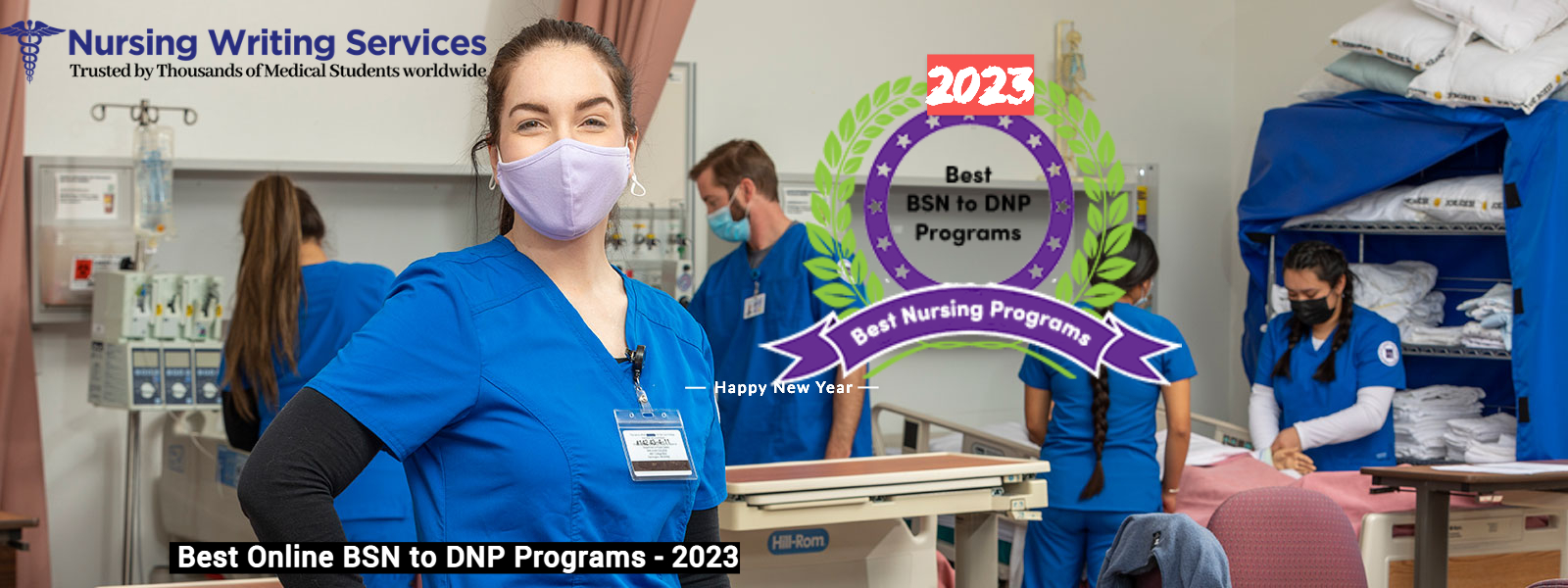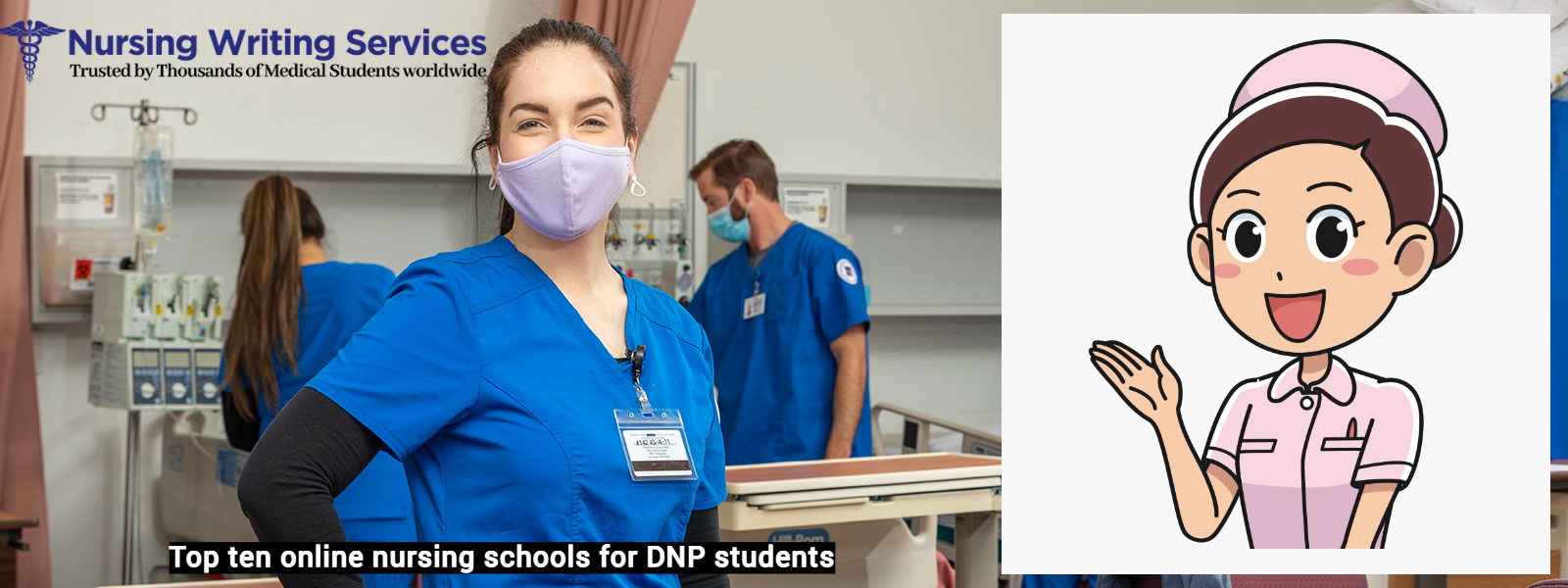Nursing students today face unique challenges in balancing academic commitments with personal and professional obligations. Capella University’s FlexPath Programs have emerged as a popular choice for many nursing students, offering an innovative educational model designed to meet their needs. FlexPath is a self-paced, competency-based learning model that enables students to complete coursework at their own pace. This flexibility is particularly beneficial for nurses who often juggle demanding work schedules and family responsibilities while pursuing further education.
Here, we explore why nursing students prefer Capella's FlexPath Programs, examining the unique benefits, practical applications, and potential career advantages that come with this progressive model.
1. Flexibility and Self-Pacing: Learning at Your Own Speed
One of the primary reasons nursing students gravitate towards FlexPath is its emphasis on flexibility. Unlike traditional semester-based programs that have set deadlines, FlexPath allows students to set their own schedules. In FlexPath, students move through coursework as quickly or as slowly as they choose, based on their understanding of the material and their availability. This self-paced structure is a huge advantage for nursing students, many of whom are working professionals with varying schedules.
In traditional programs, students are bound to rigid timelines, which can be challenging for those balancing a full-time job, family, and personal commitments. In contrast, FlexPath allows students to focus on their studies during less busy times, which is especially valuable for nurses who may work night shifts, weekends, or unpredictable hours. This flexibility empowers students to control their academic journey, reducing stress and allowing them to excel in both their studies and their careers.
2. Competency-Based Education: Focusing on Real-World Skills
FlexPath’s competency-based learning model aligns closely with the practical, hands-on nature of nursing. Instead of being graded on attendance or participation, students are evaluated based on their ability to demonstrate specific skills and knowledge—competencies that are directly applicable to real-world nursing. This focus on competencies is particularly attractive to nursing students, who benefit from education that emphasizes practical application rather than theoretical assessments.
By targeting key competencies, nursing students develop skills that are immediately useful in their professional roles. For example, a FlexPath RN-to-BSN student may learn and demonstrate competencies in areas like evidence-based practice, patient-centered care, and health assessment—skills that enhance their ability to provide high-quality patient care. This practical, results-driven approach is not only relevant but also empowering, as students leave the program confident in their readiness to address real-world challenges in nursing.
3. Accelerated Learning Opportunities: Completing Degrees Faster
The self-paced model of FlexPath is ideal for students eager to accelerate their education. Since there are no set deadlines, students can progress as quickly as they are able to demonstrate mastery of the course material. For motivated and disciplined students, this can lead to a significantly shortened timeline for degree completion. Many nursing students prefer this accelerated path because it allows them to enter advanced nursing roles sooner and with less financial burden.
Traditional nursing programs often require a two-to-four-year commitment, depending on the degree. However, with FlexPath, many students complete their degrees within one year, or even faster, depending on their pace and prior knowledge. This is especially attractive for those pursuing an RN-to-BSN degree or an MSN, as it allows them to attain the necessary credentials for advancement without the lengthy commitment typical of traditional programs. Additionally, faster degree completion means lower overall tuition costs, since students only pay for the time they are actively enrolled.
4. Cost Savings: Affordable and Predictable Tuition
The financial advantages of FlexPath extend beyond accelerated completion. FlexPath charges a flat tuition rate for each 12-week billing session, meaning students can take as many courses as they can complete within that period without additional costs. For nursing students, this structure can significantly reduce the cost of earning a degree, especially if they are able to complete coursework quickly.
This predictable, all-you-can-learn tuition model is highly appealing in a time when rising education costs have put financial strain on many students. Nursing students, in particular, often face the financial challenges of supporting themselves and their families, making cost-effective education options crucial. FlexPath’s tuition structure provides clarity and predictability, allowing students to budget effectively and avoid taking on excessive debt.
5. Supportive Learning Environment: Guidance and Resources for Success
Although FlexPath is self-paced, students are not left to navigate their studies alone. Capella University provides a supportive learning environment, with dedicated coaches and faculty available to offer guidance. Each student is assigned an academic coach who assists with goal setting, time management, and study strategies. This support structure is invaluable for nursing students, who may be returning to school after a hiatus or balancing multiple responsibilities.
Capella also offers numerous resources tailored to the needs of nursing students, including access to virtual libraries, research databases, and peer forums. These resources help students stay connected with their studies and ensure they have the tools necessary to succeed. Additionally, the support network includes faculty members who bring real-world nursing experience to the classroom, which enhances the learning experience by providing practical insights and mentorship. This supportive framework helps nursing students stay motivated, overcome challenges, and make steady progress toward their academic goals.
6. Tailored for Working Professionals: Designed with Nurses in Mind
FlexPath’s design is particularly accommodating to working professionals, including nurses, who often work nontraditional hours and have unpredictable schedules. The program’s flexibility in allowing students to pause and resume studies as needed is a feature that many find indispensable. Nursing students can seamlessly integrate FlexPath studies with their work schedules, whether they are part-time, full-time, or shift-based employees.
This focus on the needs of working professionals makes FlexPath a practical choice for nurses at various stages of their careers. For example, some may be pursuing an RN-to-BSN pathway to satisfy employment requirements, while others may be working towards an MSN to qualify for advanced practice roles. Regardless of their specific goals, FlexPath enables them to pursue these degrees without sacrificing career momentum, a balance that traditional programs struggle to offer.
7. Immediate Application of Knowledge: Bridging Classroom and Clinical Practice
One of the most significant advantages of FlexPath for nursing students is the opportunity to apply classroom knowledge directly to their clinical practice. Because the program focuses on competencies, nursing students often find they can use what they’re learning in real time. This integration of study and work is particularly beneficial for nurses, who are constantly seeking ways to improve patient care and clinical outcomes.
For instance, a nurse studying evidence-based practice in FlexPath can immediately begin incorporating these principles into their work. Similarly, leadership skills developed in a FlexPath MSN course can enhance a nurse’s ability to lead teams and improve workplace dynamics. This immediate applicability of knowledge reinforces the program’s relevance and enables students to see the real-world impact of their studies, fostering a sense of accomplishment and motivation.
8. Career Advancement Opportunities: Meeting Industry Standards
Earning a BSN or MSN through Capella's FlexPath Program opens doors to career advancement, meeting the growing industry demand for higher education in nursing. Many healthcare organizations now require or prefer nurses to have a BSN or higher, and advanced degrees can lead to leadership roles, specialized practice areas, and increased earning potential.
The FlexPath model’s focus on competencies ensures that students are not only meeting academic requirements but also acquiring skills that are in high demand in the healthcare field. This positions them as highly qualified candidates for roles that require advanced knowledge and leadership skills, such as nurse managers, clinical nurse specialists, and nurse educators. By offering an efficient path to these qualifications, FlexPath supports the career aspirations of nursing students and helps them achieve their goals without unnecessary delays.
9. Student Satisfaction: Positive Feedback and Outcomes
Capella’s FlexPath model has garnered positive feedback from nursing students, who frequently report high satisfaction levels. Reviews and testimonials indicate that many students appreciate the freedom, support, and real-world focus of the program. For many, the ability to balance work, family, and education without compromising any aspect of their life is invaluable.
The competency-based approach also resonates with students who value a skills-oriented education, as they feel better prepared for the demands of modern healthcare. This satisfaction translates into better outcomes, with many FlexPath graduates reporting that they feel well-equipped for career advancement and more capable of making meaningful contributions to patient care.
10. Technological Integration: Access to Cutting-Edge Learning Tools
Capella University’s FlexPath Programs leverage technology to enhance the learning experience. Through a robust online platform, students have 24/7 access to course materials, assessments, and support resources. This accessibility is especially valuable for nurses, who may need to study during nontraditional hours. The online platform is intuitive and user-friendly, allowing students to navigate their studies efficiently, submit assignments, and receive feedback.
Additionally, Capella integrates tools like virtual labs and simulation software in certain courses, giving nursing students a chance to develop and practice clinical skills in a controlled environment. These tools provide an added layer of preparedness, enabling students to apply theoretical knowledge in simulated real-life scenarios, a feature that contributes to the overall effectiveness of the FlexPath model.

